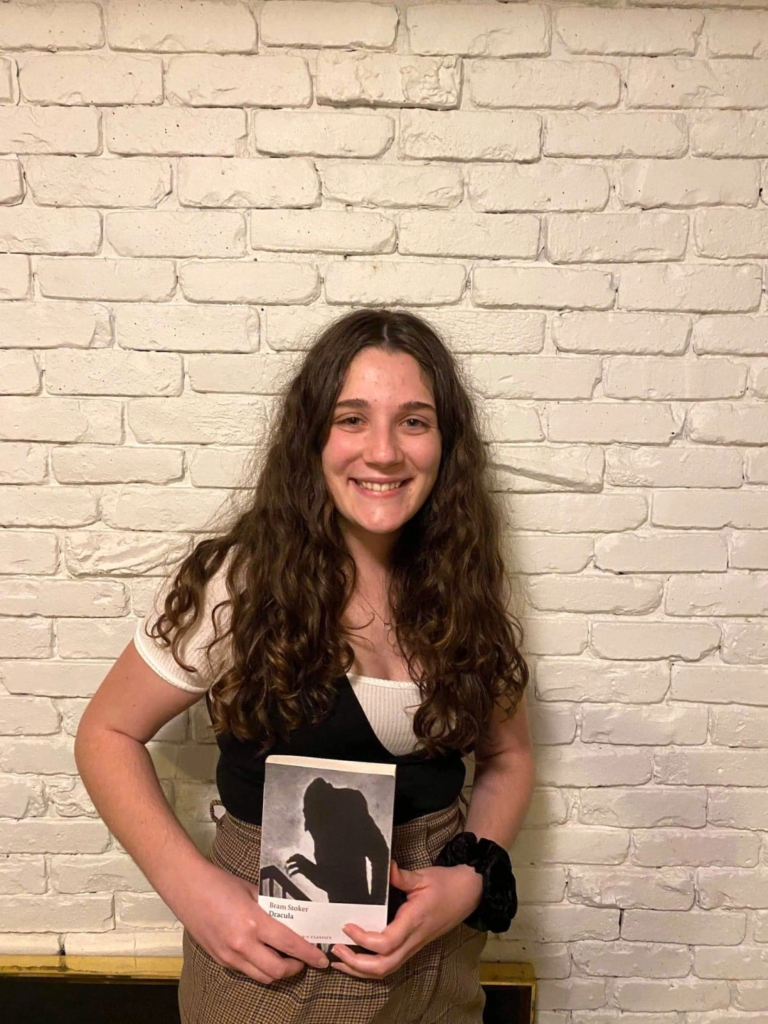
I think it’s safe to say that we’ve all seen a horror movie or two (some more than others), but I’m a big scaredy-cat and don’t want to be too presumptuous. But where do these monsters come from? This thought led me down a rabbit hole that I’m hoping you’ll take a moment to dive down into with me.
Gothic horror, as it came to be known, began in the 18th century, with many people attributing the first horror novel to Horace Walpole’s The Castle of Otranto. Now if you don’t know this book, not to fear, this is probably the only time I’m ever going to talk about it. Gothic fiction, in brief, shows dark sublime scenery and a lot of fog, with romantic and supernatural elements. I could go into it in a lot more detail, but that just wouldn’t be fair to anyone. The main point I want to make is this: gothic is gloomy, and within that gloom are the many famous monsters that we know and love.
When I was growing up, Dracula was a name that I heard every Halloween—he’s the staple vampire in everyone’s mind, aside from maybe Edward. Who hasn’t heard of him, or of Frankenstein’s monster (yes, I said monster, Frankenstein was the doctor)? And these monsters don’t just show up in books and movies, they’re in everything—there’s even a Frankenstein musical if that’s what you’re looking for!
All of this got me to thinking about why these monsters are the famous ones. What makes Gothic monsters something universally scary, to the point where they are heavily featured in the horror genre? Modern novels and films have endless ideas for new monsters, and definitely ones that are far more scary. So why did these ones stick?
In the end, I think it all comes down to the fact that these monsters have something strangely human in them. If you’ve read Frankenstein, I’m sure you remember that giant temper tantrum the monster had on a mountain. These gothic monsters reflect a lot of the insecurities we have about ourselves and our lives. Dracula displays how hard it is to cope with loss and death, and Frankenstein shows how desperately we want to fit in, and, in Frankenstein’s monster’s case, just to be human.
One of the best things we can take away from these gothic monsters is that it’s okay to be human—desirable even! I may be overanalyzing, slightly, but hey, I am an English major. Now, with that all being said, I hope you all get a chance to watch some classic horror movies this spooky season, and try not to read into too many metaphors for the human condition!
Happy Halloween, folks!
Errin Johnston-Watson
This post was published on the original UVic ESA website.
Leave a Reply